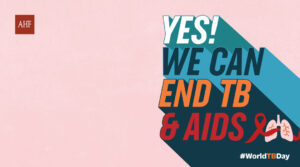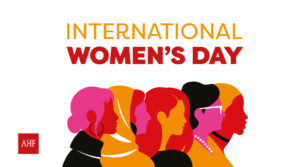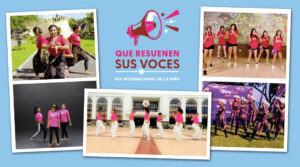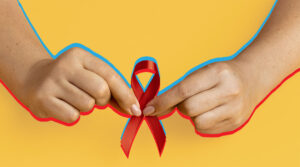Feeding a baby with breast milk is the general recommendation, since the benefits of this practice are always talked about, not only in terms of nutrition but also in the close relationship that is created between mother and child.
However, there are various reasons for which a woman decides whether to breastfeed or is prevented from doing so, and one of them is the fact of living with HIV.
It has been detected that the virus is present in breast milk, and although the transmission of the virus by this route has not been extensively investigated, it has been preferred to ban breastfeeding in women with HIV to eliminate this risk.
But not breastfeeding doesn’t mean you can’t create a close, loving, and attachment relationship with a baby. In the case of HIV infection, avoiding breastfeeding is also an act of love in trying to protect that baby from possible risk.
If this is your situation, you should know that there are very useful techniques to generate that bond you are looking for and enjoy feeding moments with your little one. Here are some tips, endorsed by the HIVE website, with which the University of California at San Francisco disseminates information on sexual and reproductive health.
You can still give your baby breast milk, it just wouldn’t be yours. If you have access to a local breast milk bank, they can supply you with donated, pasteurized milk to feed your baby through a bottle.
If breast milk from a bank is not a viable option, then talk to your medical team about the formula that is best for your son or daughter.
Bonding or bonding with your baby means creating an emotional connection. This will help you to feel connected and your baby to feel secure. This connection does not depend on breastfeeding, that is, only one of the ways to generate it.
Try skin-to-skin contact while feeding. Remove the clothes from the torso, uncover your chest and place the baby on the area, covering it with a blanket. As you bottle feed him, look him in the eye. Feeding the baby in these conditions makes it easier for him to stay warm with your body heat, for his heartbeat to remain stable, for him to remain calmer (he cries less) and for him to feel more affection in such a close position.
The fact of cohabitation might seem obvious, but it is not. Cohabitation refers to mom and baby being in the same room, and it starts from the moment of birth. Being with your baby all the time from his first hours and days of life establishes a bond, since it helps you begin to know and interpret your baby’s signals.
Hold your baby close. Keep it close to your body as long as possible, so that it can learn your scent and identify your voice from when it was growing inside your body before.
Spend more time playing and laughing with your baby. This interaction will make them share pleasant moments and they will learn from each other.
Different ways of caring
Many women with HIV really want those moments of nurturing and bonding with their children having to avoid breastfeeding can be disappointing. However, with these ideas you will be able to pursue the same feelings without worrying about HIV transmission.
And remember that if you have already received an HIV diagnosis and have not started your treatment yet, or if you suspended it and want to resume it, at AHF Latin America and the Caribbean we can help you. Locate our offices closest to you, we are in 11 countries in the region.






